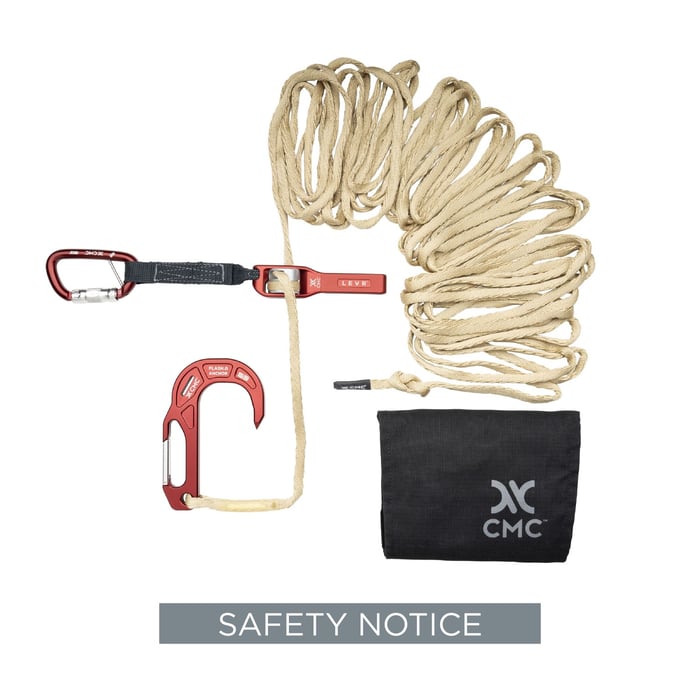On February 5, 2024, OSHA published a proposed update to the 1910.156 Fire Brigades Standard. OSHA is proposing through this notice of proposed rulemaking to issue a new safety and health standard, titled Emergency Response, to replace the existing 40-year-old Fire Brigades Standard.
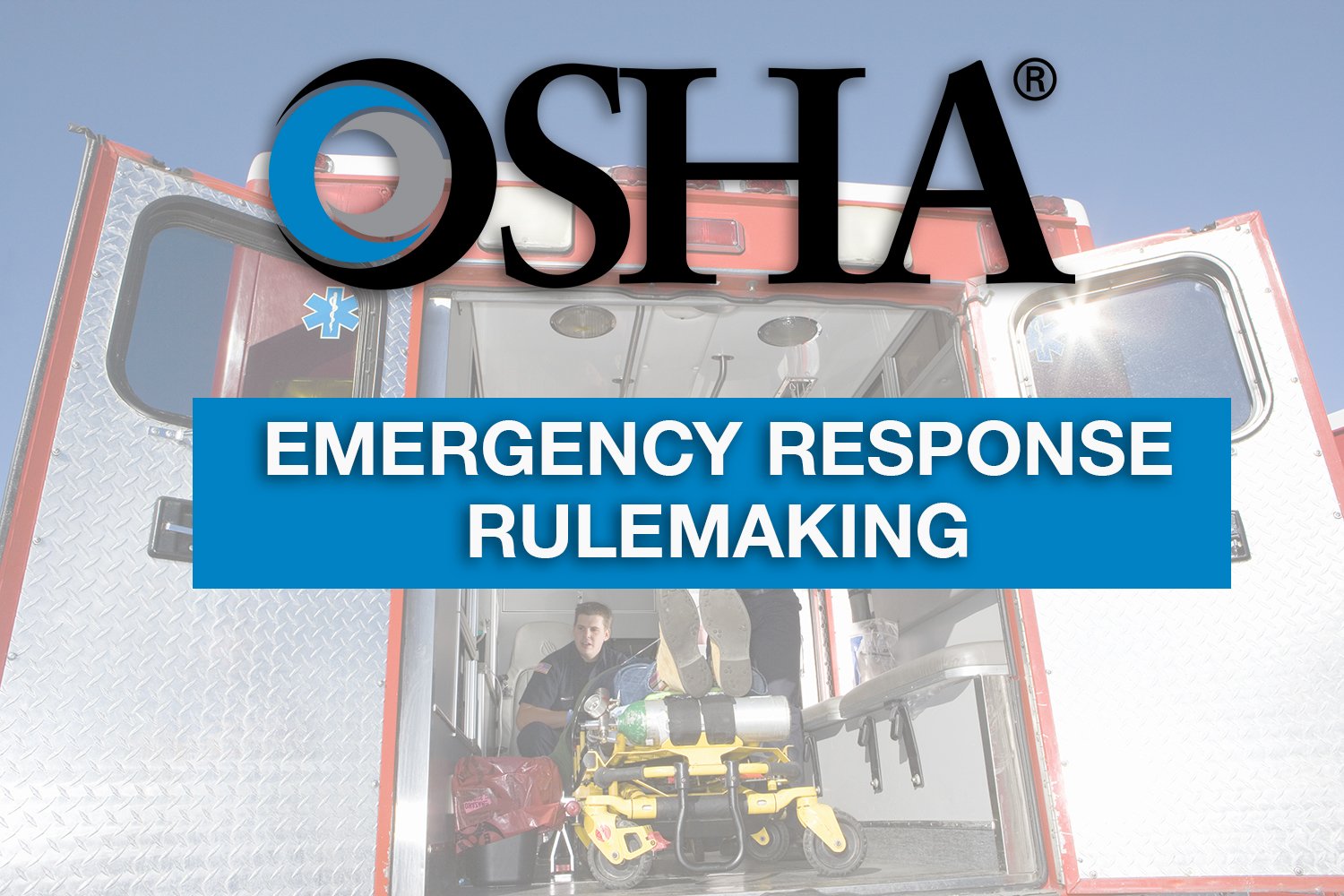
The public comment period has closed but was extended twice due to an overwhelming number of comments. OSHA has since scheduled an informal public hearing to be held virtually on November 12, 2024, at 9:30 a.m. ET. Witnesses are welcome to testify about any topics, issues, or concerns they have with the proposed rule.
OSHA is particularly interested in hearing testimony regarding the following topics:
1. Firefighting services that are not primarily all-hazard/structural (wildland, airport, marine, etc.).
2. Emergency Medical Service providers that are not fire department based and those that provide aerial transport.
3. Technical search and rescue providers, particularly those that are not fire department based.
4. Specific recommendations for reducing the burden on volunteer/non-compensated responders.
Those wishing to testify must electronically submit a Notice of Intention to Appear (NOITA) on or before September 27, 2024, at OSHA.gov. In addition, those who request more than 10 minutes for their presentation or intend to submit documentary evidence at the hearing must submit the full text of their testimony and any evidence no later than October 18, 2024.
Chris McGlynn, CSP is a Certified Safety Professional and Nationally Registered Paramedic who serves as the Director of Safety and VPP Coordinator at Roco Rescue. He is also an active OSHA Special Government Employee within the Voluntary Protection Program and current President of the American Society of Safety Professionals Greater Baton Rouge Chapter. Chris also represents ASSP on the ANSI Z117 Confined Space and Z390 Hydrogen Sulfide Training Standard Development Committees.
McGlynn, CSP is a Certified Safety Professional and Nationally Registered Paramedic who serves as the Director of Safety and VPP Coordinator at Roco Rescue. He is also an active OSHA Special Government Employee within the Voluntary Protection Program and current President of the American Society of Safety Professionals Greater Baton Rouge Chapter. Chris also represents ASSP on the ANSI Z117 Confined Space and Z390 Hydrogen Sulfide Training Standard Development Committees.


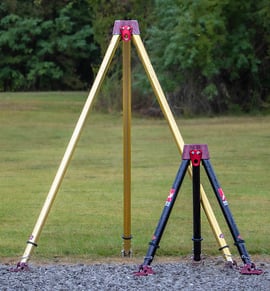 Sleek, portable and mission-driven – the new
Sleek, portable and mission-driven – the new 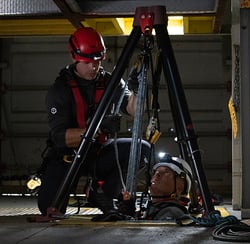 Key Features:
Key Features: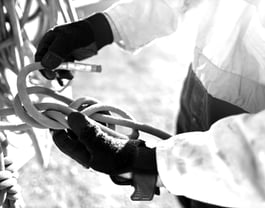 Prompted by increasing inquiries regarding the durability and attributes of
Prompted by increasing inquiries regarding the durability and attributes of 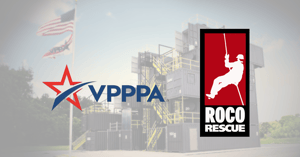
 We are so excited to finally make this official with VPPPA.
We are so excited to finally make this official with VPPPA.